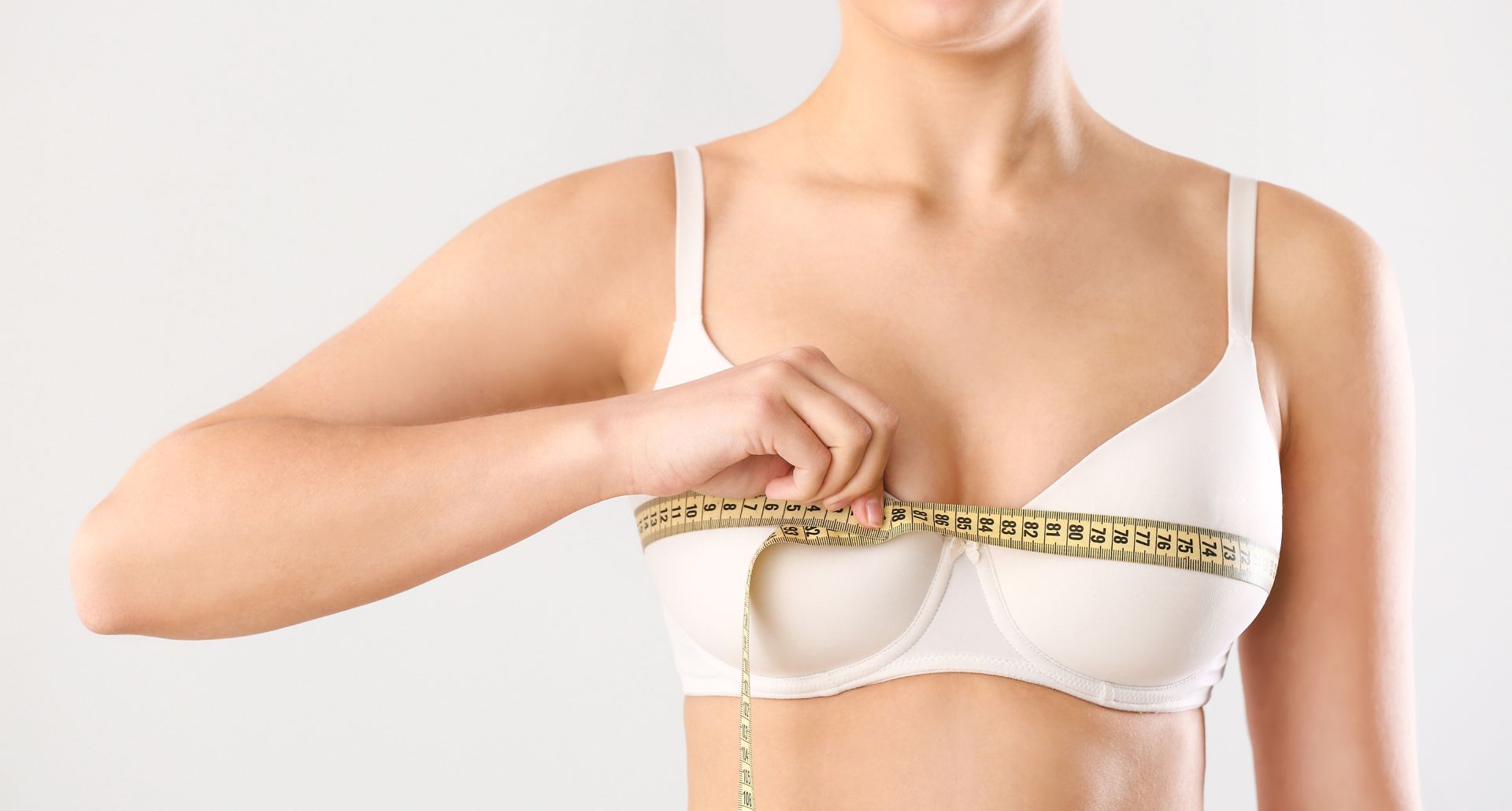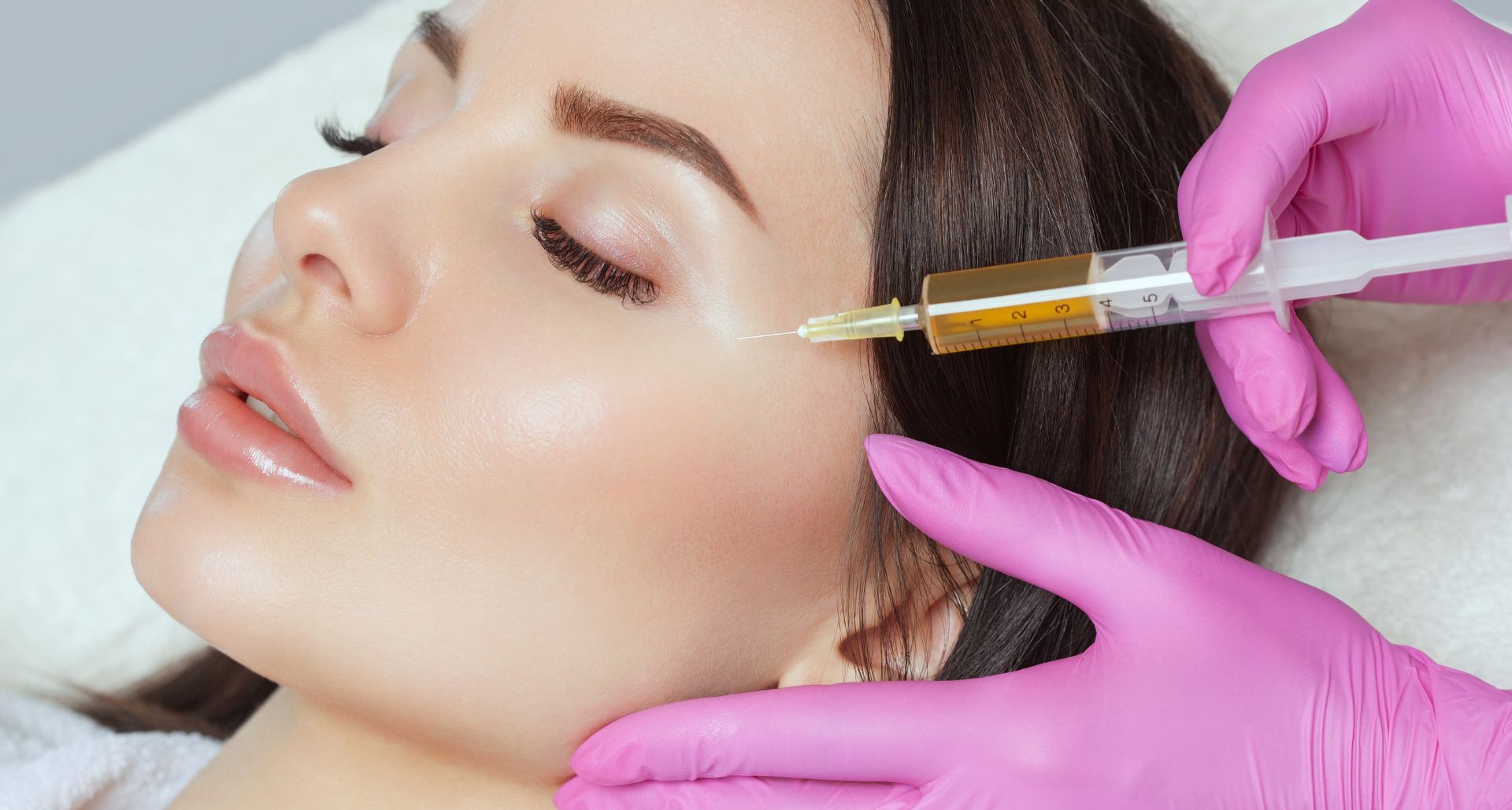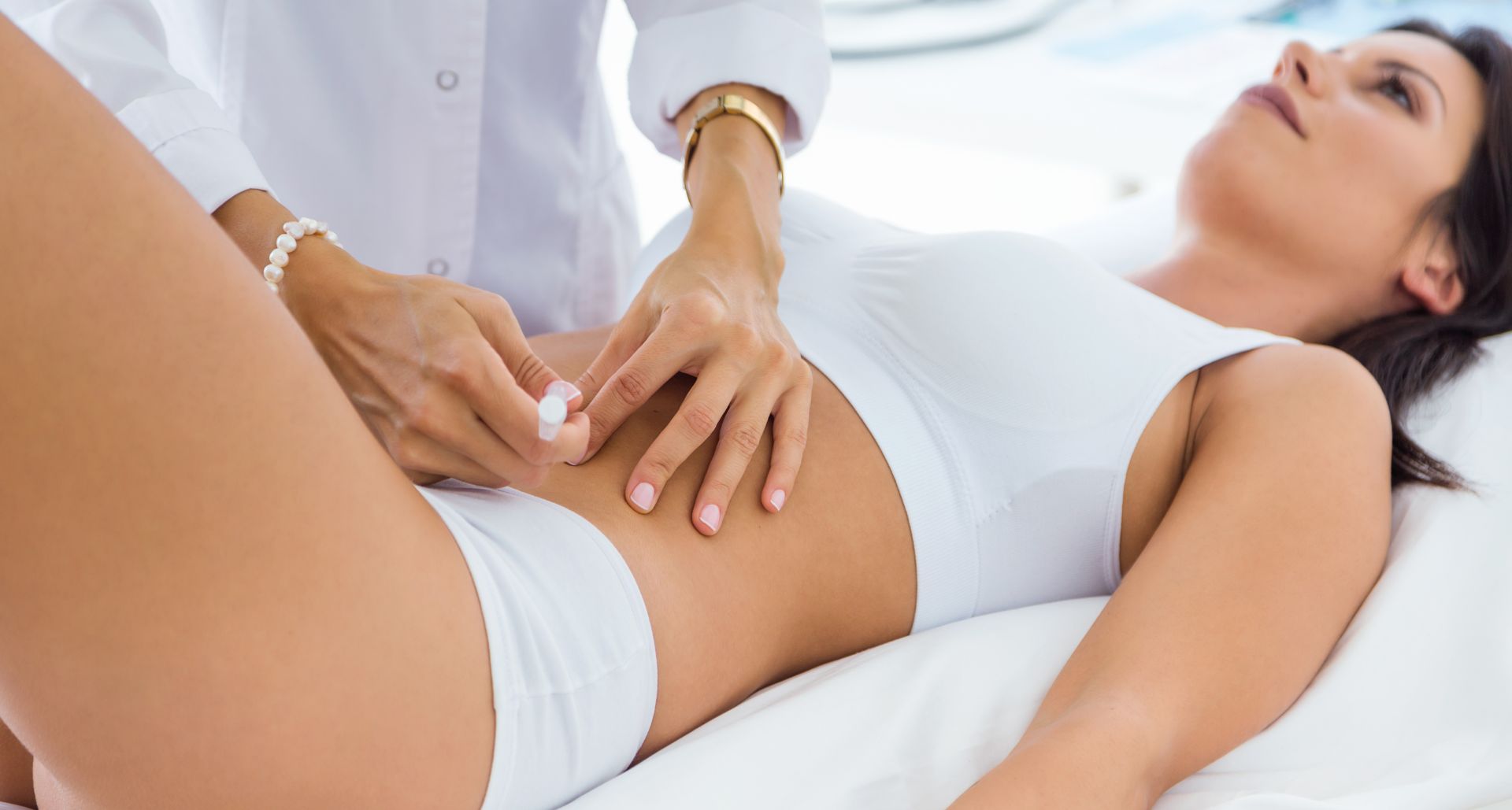Varicose Veins: Causes and Treatment
Varicose veins are the enlarged, twisted purple or blue veins some adults notice on their legs. They may appear on any part of the body, but most varicose veins are formed on the legs. While varicose veins are not considered a serious health condition, they may be associated with discomfort and eventually lead to more serious problems. Furthermore, varicose veins are often very noticeable and a cosmetic concern for many who may feel embarrassed or uncomfortable exposing their legs.
What are varicose veins?
Varicose veins are swollen blood vessels that become visible under the skin's surfaces. They often appear blue or dark purple in color and can be a sign of venous insufficiency. Varicose veins usually appear when the blood starts to flow in the wrong direction or pool due to damaged or incompetent valves.
They are usually a result of weak vein walls or faulty valves that allow for the blood to back up in the vein. Thus, the blue or purple color of the varicose veins and the bulges people start noticing on their legs, feet, or ankles. Studies show that approximately 1 in 4 adults in the US has varicose veins. The condition is not serious, but left untreated, may have a significant impact on the person's well-being.

What causes varicose veins?
The number one reason behind varicose veins is increased blood pressure in the veins. Our blood flow has a well-established path. It moves towards the heart through one-way valves in the veins. When the valves become damaged or faulty, blood doesn't follow its normal route to the heart and creates pools inside the veins. Naturally, the veins become enlarged.
Sitting or standing for long periods causes the blood to pool in the leg veins. When blood pools within the veins, it causes increased pressure on the valve walls, which become weak or damaged. The veins then stretch and cause veins to appear enlarged or bulging.
Varicose veins may be the result of a genetic predisposition inherited from family members with various venous diseases, but it can also be caused by aging, dramatic weight gain, obesity, sedentarism, leg injury, smoking, or pregnancy. Moreover, since female hormones tend to relax the walls of the veins, women are more predisposed to varicose veins than men. Oral contraceptives may also play a role in their appearance.
What are the symptoms of varicose veins?
It is important to understand that varicose veins do not affect deep veins as deep vein thrombosis does. The condition is less serious because it only affects the veins close to the skin's surface. However, varicose veins also can be associated with the presence of blood clots within the deep veins. Symptoms of blood clots include redness of the leg, swelling, and pain.
Varicose veins are not usually painful, but they can cause different sensations in the legs, such as aches or burns. Sometimes varicose veins are accompanied by rashes, itching, and sores on the legs. Severe varicose veins, though, can lead to skin discoloration, swelling, nonhealing sores, and skin ulcers, especially if left untreated for a long period of time.

Are varicose veins the same as spider veins?
Although often considered to be the same thing, varicose veins are different from spider veins. Spider veins usually surround varicose veins and are not as swollen and bulging as the latter. They are small and thin red or purple lines situated closer to the skin's surface.
Spider veins look like spider webs or branches of a tree. They usually appear behind the knee, on the legs, or even on the face. While not as noticeable as varicose veins, spider veins can be as unsightly and uncomfortable, so many people resort to various treatments to reduce their appearance and restore their veins' health.
What is the treatment for varicose veins?
Fortunately, varicose veins are treatable. Although, in most cases, the results are not permanent and varicose veins may reappear after a while, the treatments available today may relieve the discomfort caused by varicose veins and significantly reduce their appearance.

What is the treatment for varicose veins?
If you don't experience discomfort or feel the need to reduce the appearance of varicose veins, simple elevation of the legs can prove to be very helpful to prevent the condition from getting worse. The health care provider may recommend elevating the feet above the heart level 3 or 4 times a day for about 15 minutes, to reduce leg swelling or alleviate other mild symptoms. Elevation of the legs increases blood flow and decreases the pressure in the veins.
Compression stockings
Elastic stockings that provide support and compress the veins prevent veins from stretching, promote blood flow, and reduce potential discomfort caused by varicose veins. However, for the compression stockings to work, you need to wear them daily.
Sclerotherapy
Sclerotherapy, also known as injection therapy, is a common treatment for varicose veins. During the procedure, the health care provider injects a saline or chemical solution into the treated veins. The solution scars the veins, and they eventually fade away. Depending on the severity of the condition, a varicose vein may need to be injected more than once. Sclerotherapy can cause unpleasant side effects, such as redness and bruises at the injection site, as well as lumps and brown areas.
Laser therapy
Laser vein therapy is the newest addition to the medical procedures available for patients looking to treat venous disorders, such as spider veins or varicose veins. The laser energy is used to damage the abnormal veins and create scar tissue. The scar tissue will then close the damaged superficial veins. Once the veins are closed and lose their source of blood, they will disappear. The procedure requires no downtime and has a shorter recovery time than surgical techniques.
Laser therapy is often the most popular option of treatment for patients who want to get rid of spider veins or varicose veins for cosmetic reasons, without undergoing surgical treatment. However, the medical treatment works best for individuals with spider veins or small varicose veins. Larger veins are usually treated with sclerotherapy. Laser vein therapy is an outpatient procedure that does not involve the use of needles or cutting the skin.

Endothermal ablation
Often used to treat larger varicose veins, ablation requires the use of an ultrasound scan. The doctor can perform endovenous ablation using laser energy (endovenous thermal ablation) or radio waves (radiofrequency ablation). When performing the procedure, the specialist will make a small incision below or above the knee and thread a catheter into the vein. They will then insert a probe that emits radiofrequency energy or a laser that delivers short energy bursts into the catheter. The energy will heat the vein and cause its demise. Once closed, the vein will soon disappear. The procedure requires local anesthesia and can be used for larger varicose veins, including saphenous varicose veins.
Vein surgery
The most complex treatment available for varicose veins is surgery. Varicose vein surgery is recommended for larger varicose veins and saphenous veins that can't be treated using less invasive procedures. The procedures can focus on tying off the varicose vein (ligation surgery) to prevent the blood from pooling or removing the affected veins (vein stripping) to prevent the reappearance of varicose veins.
Surgical stripping or ligation of varicose veins does not deliver permanent results, so the varicose veins may reappear within five years after the procedure. As with any other invasive procedure, potential side effects include the risk of infection, as well as scarring, burns, and nerve injury.
Varicose Vein Treatments in Tampa
Don't let your varicose veins cause you discomfort or affect your self-confidence. Prime Aesthetica is the best med spa in Tampa and we're here to help. Contact us to learn how we can help you with your varicose and spider veins. Our facility leverages the latest technology and the finest medical professionals to provide outstanding results to all of our customers in Tampa Bay.
Search





